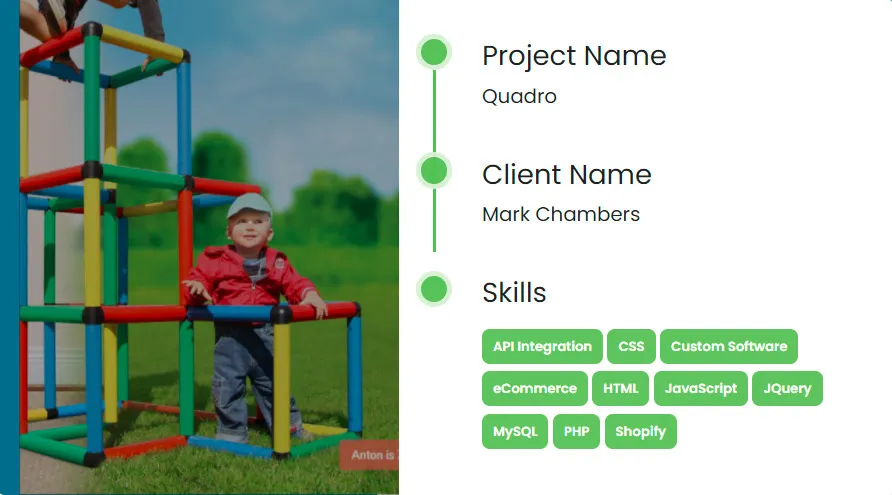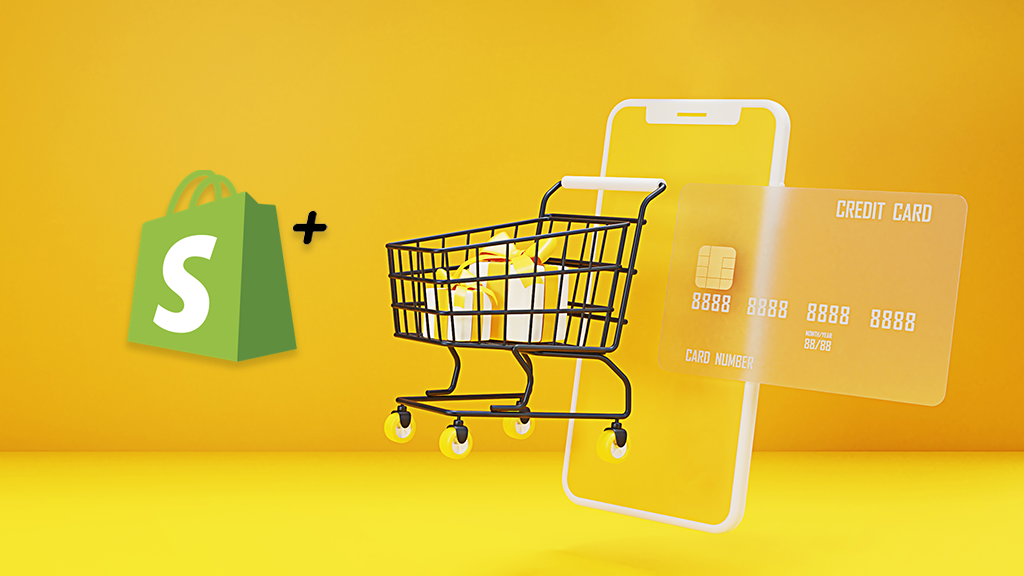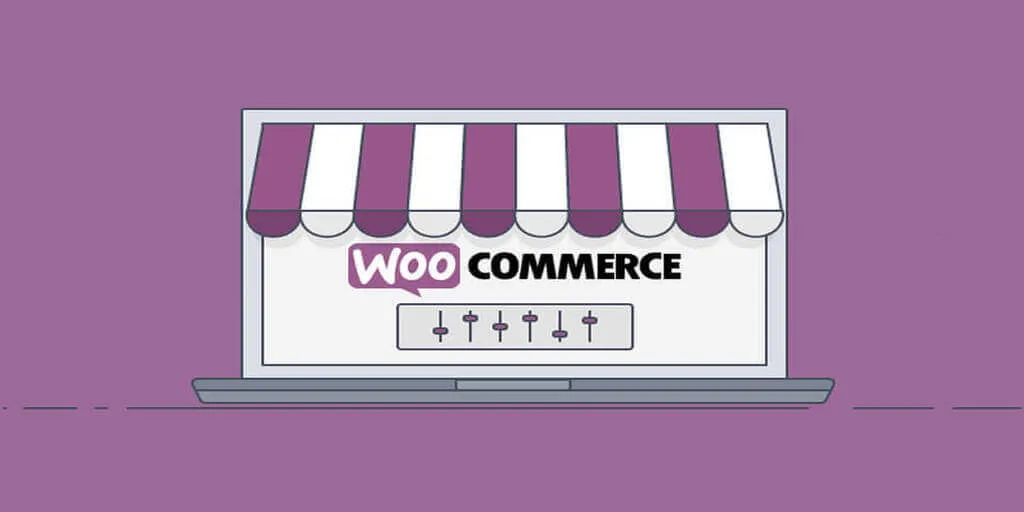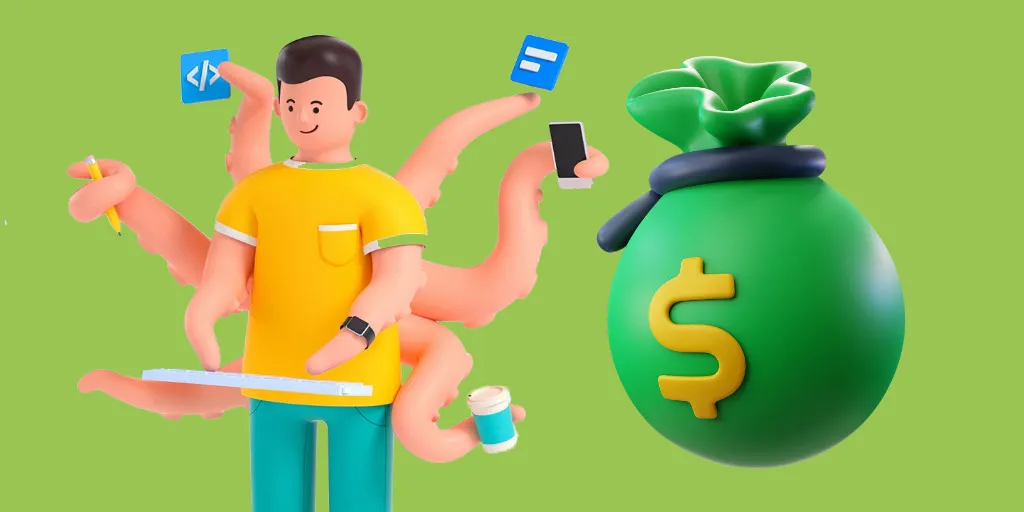How Marc Lore Made Profit Selling Diapers – A Loss-Making Product

“You’re selling a dollar for 90 cents.”
That’s exactly what an investor told Marc Lore, the founder of Diapers(dot)com – the eCommerce store that kept Jeff Bezos up at night for a long time until he finally bought the company.
Marc Lore’s life inspires all entrepreneurial-spirited. After staking all he had by giving up his cushy job in the banking sector, he started multiple companies back-to-back and made billions in revenue.
But what is most interesting is how he took a simple, everyday product like diapers and baby products and established a business that caused Amazon to lose millions of dollars.
Even more shocking is the revelation that diapers are a loss-leader product. The only reason you see those bulky packs of diapers occupying shelf space in retail stores is because retailers just want to get your feet in, hoping you’ll buy something else that’ll make them profit.

So, how did Diapers(dot)com make it that far?
How did they become a go-to site for new parents to order diapers, get significant discounts, free shipping, and even overnight delivery and still make profit with a universally-known loss-making product?
Did Lore strike gold and found a supplier that was selling him diapers at unusually discounted rates?
For one, there wasn’t any secret supplier. Manufacturers wouldn’t even sell them directly until they had a sales record. Marc Lore and his partner were initially buying diapers from wholesale stores like Costco and selling them on Diapers(dot)com without any markup. That was the only way they were going to get the customer to buy from them and not from a nearby store – i.e., by offering unbeatable discounts.
The loss-leader strategy was simple and nothing novel. They were going to hook the customer in with simple user experience, quick delivery, unbeatable discounts, and superior customer experience and try to sell them other baby products. This bit makes sense and it worked, as far as revenue goes.
Diapers(dot)com sold $2.5 million worth of product in the first year and $11 million the next year.
But profits were still elusive. They were losing money on every sale.
Lore and his partner realized that the only way to achieve profitability was to become more efficient than anyone else out there.
The secret, ahem, was KIVA robots and a proprietary software package called Box’em.
KIVA Robots – How Diapers Achieved Efficiencies in Their Warehouse
Instead of having humans picking and sorting products at the warehouse, they turned their warehouse into a well-oiled system where each worker had more than 10 KIVA robots working for him. The robot would scan products, pick them, and bring them to the worker for packaging.

Having man and robot working together at the warehouse, Diapers was able to increase the productivity of their workforce and improve efficiencies incredibly.
Box’em – How They Optimized Their Packaging and Saved on Shipping Costs
The next piece of the puzzle was a proprietary software called Box’em.
Lore and his partner hired an in-house engineer who would then go on to hire a 50-member engineering squad in China. The team built a software system that helped them save 1% on every order.
These savings were coming from shipping costs.
Analyzing the math behind shipping prices, Lore discovered that shipping was charged based on the dimensions of the box and not the weight.
Following this discovery, they decided to optimize their fulfillment and packaging so that there wasn’t any extra space in any box.
While other retailers were working with 5-6 different sizes of boxes, Diapers(dot)com had more than 30 types of boxes with different box sizes.
As an order landed on their site, the Box’em software told the warehouse workers precisely what the dimensions of the order was and the most optimal box that should be used to pack it.
If an order comes in of, say, two diaper boxes, one formula, and two wipes, the software would calculate the exact sizes of all those products and compare the dimensions with the dimensions of their boxes. It would then auto-suggest the most optimal box for packaging.
Big boxes having extra material around the product didn’t just provide a terrible user experience, they were also overly expensive. Diapers cracked the code by wringing waste out of their fulfillment process.
Did Diapers Succeed?
Well, if you catch the attention of Amazon and if the eCommerce giant loses millions of dollars just to compete with you and crush you as a rival, it certainly speaks volumes about your success.
Though Lore finally sold the company to Amazon in 2012, the whole 7-year journey of Diapers is filled with valuable lessons for other entrepreneurs and companies trying to maximize profits.
One such company is Quadro, a leading toy manufacturer that makes giant construction kits. Taking a chapter from Lore’s book, Quadro hired Codup to create software similar to Box’em. This software was built as a custom Shopify app so it would be directly integrated with their Shopify store.
As an order came through, the software our engineering team at Codup built, functioned similarly to Box’em and told the warehouse workers precisely which box to use. Like Diapers, Quadro also aimed to maximize profits by reducing wastage in their fulfillment processes.

Read the whole story of Quadro here.
As Tony Robbins says, “Don’t limit your challenges, challenge your limits. Each day, we must strive for constant and never-ending improvement.”
That’s exactly why Codup exists.
If that improvement has to come from digital and software, Codup is always on the front-line helping businesses push the envelope and overcome their challenges.




nice blog found it very informative